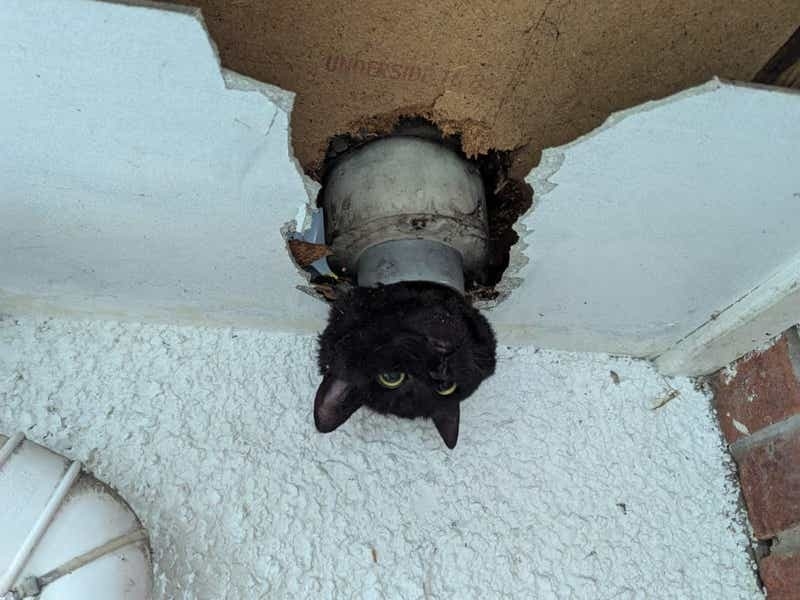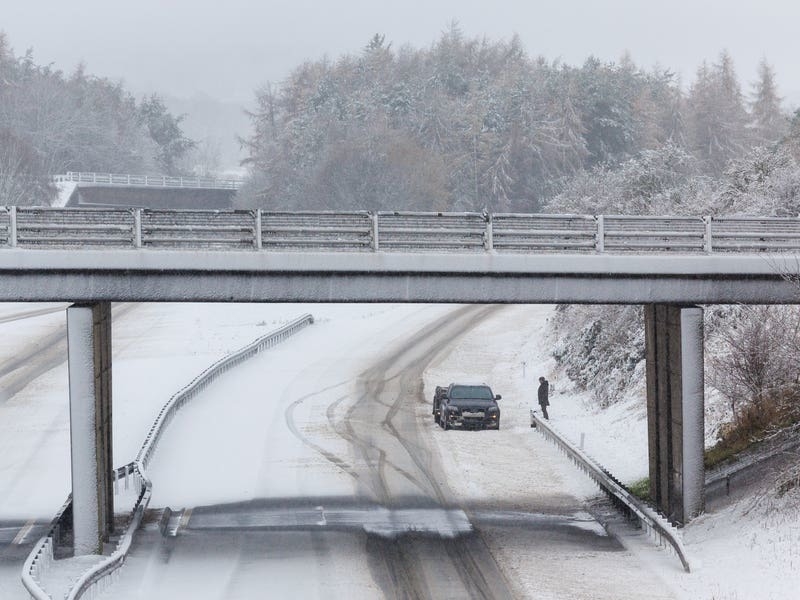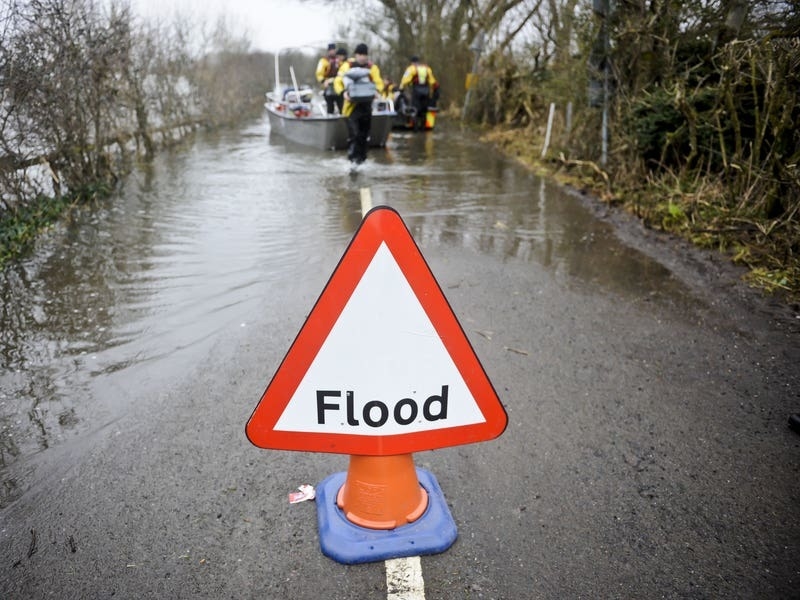The new installation, near the junction of St John’s Road and Queen’s Road, combines a pedestrian crossing with barriers and bollards arranged immediately in front of traditional granite arches.
Although the crossing is the subject of public consultation, Advocate Christopher Scholefield, of Save Jersey’s Heritage, expressed scepticism about whether objections would result in a positive outcome.
‘We fully understand the importance of creating safe active travel routes to school and the logic of supplying a crossing in this area. Happily it emerges from the consultation document that the existing railings will be temporary, but I have reservations about so-called heritage railings strung across in front of this fine old gateway or whether they will genuinely “guide pedestrians”,’ Advocate Scholefield said.
He said that the consultation document did not make clear what the ultimate visual impact of the street furniture would be, adding that the Infrastructure Department’s track record ‘did not inspire confidence’.
Three years ago Save Jersey’s Heritage issued a publication – This Realm of Ours – setting out principles which might be followed to improve the appearance of the built environment, repositioning signposts and street furniture, and removing surplus and redundant signs to avoid disrupting views or compromising historic buildings.
The JEP then launched the Our Island: Keeping Jersey Special campaign in conjunction with Save Jersey’s Heritage to help start a public discussion about the need to take more care over how our public spaces look and feel.
While individual householders often played their part in enhancing the appearance of St Helier, Save Jersey’s Heritage pointed out, in This Realm of Ours, that ‘again and again the public sector lets the side down’.
‘Not just in the thoughtless proliferation of ugly traffic signs but in granting permission for carbuncles and for new development which is out of place in terms of proportions,
scale, materials and colour,’ the document states.
Advocate Scholefield said that the publication had not improved the department’s approach.
‘Infrastructure give us the worst of both worlds – the import of traffic management items designed for use in the UK, where roads are wider and speeds are much higher, but without following the standards for their design and use which the UK authorities have now been issuing for years.
‘They have never contacted us. It’s as if they feel if they just hunker down we will eventually give up and go away. I think they view us as a single-issue pressure group whose views are completely skewed in favour of our hobby horse and so may be treated as of no consequence. They are the grown-ups in the room, we are fuss pots with a cavalier disregard for public safety. Nothing could be further from the truth,’ he said.
A spokesperson for the government said that the primary concern was always safety and particularly the safety of children who needed to cross the road.
‘The area was determined to be the best place for a crossing after considering the pavement width and the layout of the road. A consultation is under way.
‘Once all feedback from the consultation has been collected, a decision will be made as to whether the scheme will become permanent. If the temporary pilot scheme does become permanent, the bollards and railings will be installed to reflect a heritage specification,’ the spokesperson said.
Those wishing to respond to the consultation, which closes on 18 December, can do so by visiting gov.je/Government/Consultations/Pages/StJohnRoad.aspx.






